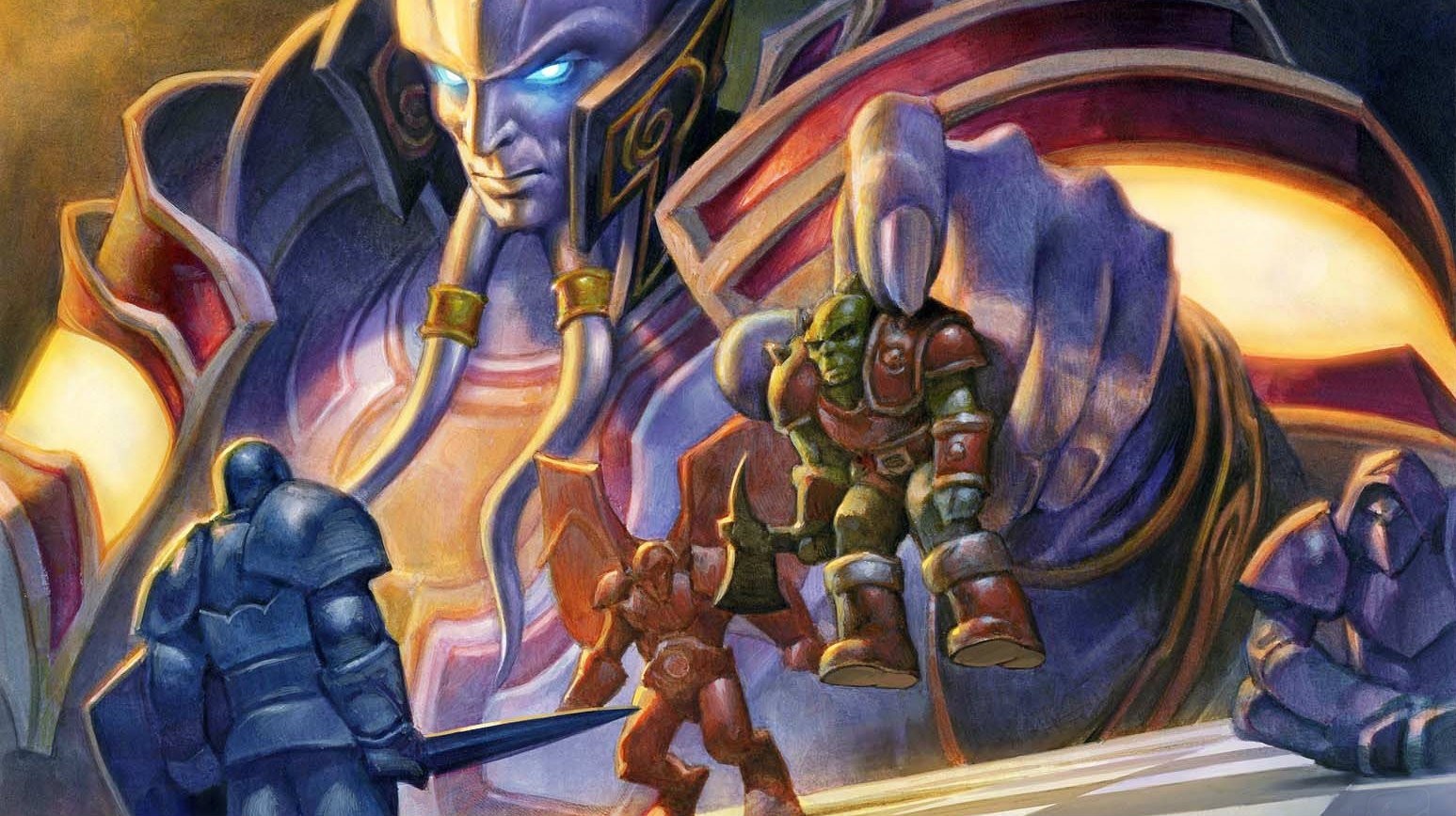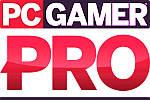Win more at Hearthstone using mind games and the art of BM


Will is a professional Hearthstone player who is currently a free agent, having until recently played for ManaLight. His best tournament result was at Dreamhack Cluj-Napoca, where he finished 3rd/4th. He loves to write about the game, having contributed several articles to Team Archon’s site. You can find him on Twitch here and on Twitter here.
The great chess player Bobby Fischer famously said “I don’t believe in psychology. I believe in good moves.” But Hearthstone is not chess. It isn’t a game in which the stronger player can always leverage their skill advantage in the short term. It’s a game where the opportunities to show your superiority are tightly limited, and the outcome of matches is frequently influenced by RNG dice rolls that are outside of either player’s control.
So what does that mean for competitive players? If your aim is to maximise your chances of winning, then every point of possible advantage matters. It's not enough to just make the “correct” play each turn, you also need to explore additional techniques to distract, mislead and conceal information from your opponent.
A disclaimer before we delve into these darker arts: Mind games can provide a tiny edge in a game of tiny edges, but they won’t transform an average ladder player into a world champion. But if you feel like you’ve already mastered your chosen decks, then these tips could give you an extra edge over the competition.
Trick your opponent into making false reads
Good Hearthstone players will make reads on their opponents based on how they space out their plays. A cursory viewing of any Legend rank Hearthstone stream will quickly make this apparent. Players recognise the archetype their opponent is playing, and have a fairly accurate idea of what cards they could possibly play on any given turn.
If a Druid player uses all of his mana and does not end his turn immediately, instead spending a few moments hovering over the cards in his hand, an observant player will make the read that their opponent is holding an Innervate which they’re debating using. The fear of revealing information in this fashion is why you see a lot of the top players do all their thinking before touching a card, then quickly playing their cards and ending the turn.
But imagine if the Druid player actually didn’t have an Innervate—he just wanted his opponent to think he did. This sort of bluff could potentially carry huge benefits in the latter stages of the match, where your opponent is trying to figure out if you have Force of Nature and Savage Roar in hand. If they see you pausing on 0 mana, then they might conclude that one of your two cards is Innervate, and therefore not play around that combo.
Other potential bluffs include using cards which enable you to target a minion or the opponent’s face, and then not playing them. It’s certainly less subtle, but the aim here is to suggest you have a damage spell or a Silence effect. This is particularly effective in creating the impression that you have lethal when you don’t, because some hot-headed opponents will even hit concede. Every deck archetype presents similar opportunities to trick your opponent into thinking they know what’s in your hand, when in fact you have something else entirely, triggering sub-optimal plays based on the false read.
Keep up to date with the most important stories and the best deals, as picked by the PC Gamer team.
Manipulate your opponent’s emotions with emotes
Take a look at this clip from the 2015 Hearthstone World Championships. Firebat is on a draw to win in the first game of the series and gets it. Let me make something clear: before he even draws Savage Roar, Firebat knows it’s lethal. This is an incredibly high stakes game, and he is sitting with Force of Nature in hand—there is no way he hasn’t already done the math. Watch how he waits a few seconds after casting the Force of Nature before using the Savage Roar. It’s a very deliberate attempt to tilt Kaor by prolonging his agony as much as possible.
The casters charitably suggest that the use of the “Sorry” emote was contrition on Firebat’s part. I don’t believe that for a second. No one who has ever played Hearthstone ever reacts positively to their opponent apologising for topdecking lethal. Kaor visibly grimaces when he sees the emote. He’s crushed.
After his victory at the Viagame Cup, Hoej suggested that BM—which stands for "bad manners"—emotes can be used most effectively when your opponent clearly is thinking very hard over a difficult turn. He suggests one emote might be enough to disrupt their thought process and provoke a mistake. One only needs to tune in to Reynad’s stream to see how much an unsolicited emote can irritate some players. I know it affects me, which is why I automatically squelch (mute) my opponent at the beginning of every game.
Conceal the possible cards in your hand
Imagine you are playing Handlock, and have two copies of Hellfire in your hand. Assume that Hellfire is very much the correct play this turn, but you have to decide which copy you use. The correct answer is almost always to use the one you have had in your hand for longer. Why? Well, for every turn that passes without you using a given card in your hand, the opponent gains information about what it is and isn’t. He may know, for example, that it isn’t Mortal Coil, because he presented you with the perfect opportunity to use Mortal Coil and you didn’t respond by playing it. The second one, though, you drew well after the opportunity to play Mortal Coil was presented, so he cannot make that assumption. The longer a card has been in your hand, the more information your opponent has about the range of things it’s most likely to be.
You cannot shuffle your hand in Hearthstone, and the popular add-on software Hearthstone Deck-Tracker has a feature that tells you which turn each of your opponent’s cards was drawn. So this is a very relevant decision-making criterion, yet it’s also one that a lot of top players seemingly do not pay attention to.
Play your opponent
The absolute best Hearthstone players will play differently against different opponents. The right play can be different against different people. Take a look at this example from a match between Ostkaka and Tom60229. Here, Ostkaka bluffs Snake Trap by playing Explosive Trap. Tom takes the bait, and doesn’t attack into the Knife Juggler with his Eaglehorn bow for fear of activating a Snake Trap and flooding Ostkaka’s board and taking 3 to the face from the Knife Juggler activations provided by the snakes.
It’s a good play. But would Ostkaka make it against a low-ranked ladder opponent? It’s debatable, because if you make this play and your opponent doesn’t even consider the possibility of Snake Trap—after all, it's less commonly seen than the other traps—then there is no way they are going to play around it. They would fearlessly (ignorantly?) attack into the Knife Juggler, and you would be punished.
This sort of situation captures what being a great card player is really about. If you know your opponent’s mind better than they know yours, then you can exploit that information to your advantage.

PC Gamer Pro is dedicated to esports and competitive gaming. Check back every day for exciting, fun and informative articles about League of Legends, Dota 2, Hearthstone, CS:GO and more. GL HF!

